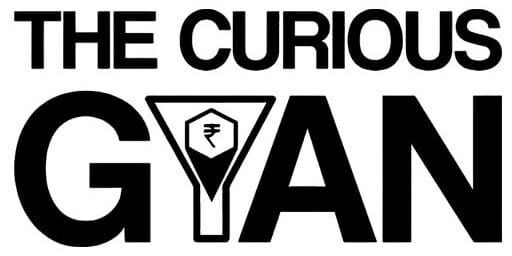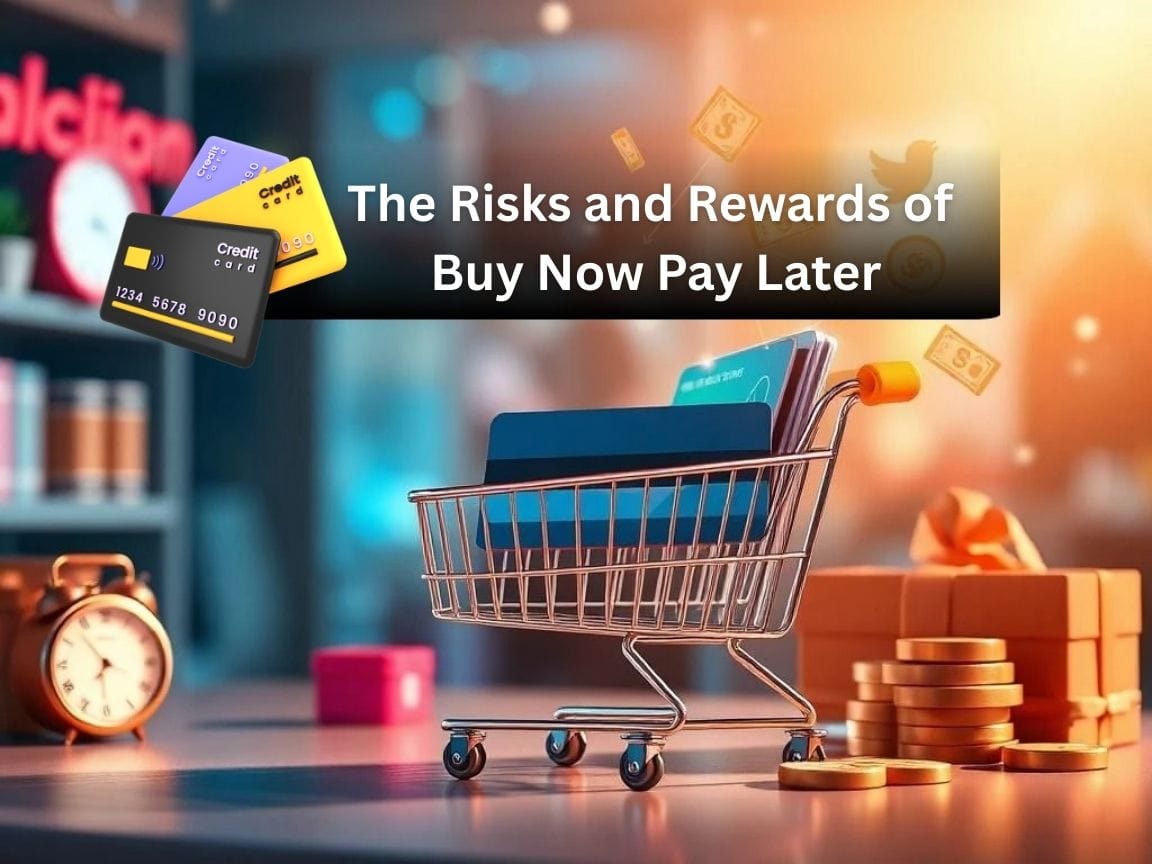Contents
Introduction
How many times have you spotted the latest phone, laptop, or pair of sneakers and wished you could grab it without draining your wallet? You’re not alone—I’ve been there more times than I can count. That yearning usually pushes me toward Buy Now Pay Later (BNPL), the payment scheme everybody seems to be talking about. Fast-forward to 2025, and BNPL is part of daily shopping for millions, including a growing crowd in India. Think of it as a quick budget hack: spread the cost over a few weeks, sometimes with zero interest, and keep your cash flow intact. Tempting, right? Yet the same tool that feels like a financial hand-up can also slide into a debt pit if you miss a beat. Stick with me and we’ll break down what BNPL is, highlight its highs and lows, and arm you with tips to use it safely. Ready to turn shopping into smart spending? Let’s jump in!
What is Buy Now Pay Later?
Imagine scrolling through your favourite fashion site when you spy a ₹15,000 jacket that instantly grabs your attention. Instead of shelling out the full amount in one go, you click the BNPL button and divide the bill into four manageable chunks of ₹3,750. That quick story sums up Buy Now Pay Later: short-term financing that turns a big-ticket buy into manageable instalments usually spread over weeks or a couple of months. Most schemes charge no interest at all if you settle on time, so they can beat the cost of putting the item on a credit card.
Buy Now, Pay Later (BNPL) first started popping up on online carts back in 2019, with big names like Klarna, Afterpay, and Affirm taking the lead around the world. In India, the momentum is even faster; ZestMoney, Simpl, LazyPay, and Paytm Postpaid are quickly becoming household names. A recent Scoop.market.us report says about 47.4% of Gen Z will likely try BNPL by 2025, building on the strong interest already seen in millennials and younger shoppers.
Globally, the BNPL market is projected to jump from $37.19 billion (roughly ₹3 lakh crore) in 2024 to $167.58 billion (around ₹13.5 lakh crore) by 2032, translating to a yearly growth rate of 20.7%, according to Fortune Business Insights. Many of these services skip deep credit checks, making financing accessible to individuals with little or no credit history, which is one reason why BNPL is so appealing.
How Does BNPL Work?
Using BNPL is simpler than unpacking a new table-I promise, I’ve done both and barely scratched my head this time. When you get to checkout, you choose the BNPL banner, fill in your card info, and say yes to the terms. The total cost splits into bites-usually four-that come every couple of weeks. So if you buy a ₹40,000 TV, you pay about ₹10,000 now and then three more amounts of the same size over six weeks.
Most Buy Now, Pay Later services run only a soft credit check, the kind that doesn’t leave a mark, and a few skip the check entirely. Because you walk away with the item right away, it beats the old layaway, where you waited months. Payments usually come straight out of your card, so you sidestep late fees—unless your card is declined, which we all know can happen. With that in mind, let’s dig into what makes BNPL so attractive in the first place.
The Benefits of BNPL
- Flexibility: You can grab an item without emptying your bank account. It’s like spreading the cost without feeling broke.
- No interest (sometimes): Hit every deadline, and the plan costs you zero interest, unlike credit cards that can slam you with 20% APR.
- Accessible credit: For anyone with little credit history, BNPL feels like a lifeline because it often skips those strict, hard checks.
- Credit-building potential: Some lenders report on-time payments to the bureaus, so sticking to the plan could nudge your score up.
I was surprised to read that 89.3 per cent of BNPL users pay on time, according to Capital One Shopping, showing the model works when you keep tabs. For lower-priced buys like clothes or a new gadget, it can be a real game-changer. That said, every shiny tool has a shadow, and it’s wise to know both sides before jumping in.
Buy Now, Pay Later (BNPL) works best for small purchases. If you can pay the bill before the next month, this set-up is smooth and quick. For bigger buys, or if rewards and added shopper protection matter, a credit card still has the edge. Still, the very ease of BNPL can mislead—less fine print means less backup when things go wrong.
The Risks of BNPL
Buy Now, Pay Later sounds excellent, but it isn’t all smooth sailing. Because the process feels so simple, many shoppers barely pause before they agree. That speed can turn into a headache later.
- Late Fees and Interest: Forget one due date, and fees can start stacking up fast. A recent LendingTree survey found that 41% of BNPL users fell behind in the past year, up from 34% the year before. On some plans, interest kicks in the moment you’re late.
- Overspending Trap: Since payments are split, it feels like you’re spending a lot less than you are. You tell yourself, “It’s just ₹1,000 a week”—then suddenly you have five plans and a hefty bill.
- Credit Score Impact: Not every BNPL company reports to credit bureaus, but the ones that do can lower your score when payments are missed. Even one slip may follow you for years.
- Weaker Protections: With regular credit cards, disputing a charge is usually easy. BNPL lacks that safety net, so if the blender arrives broken, getting your money back may be a hassle.
In short, the same convenience that draws people in can sting later. BNPL puts temptation on every checkout page, and it’s all too easy to promise tomorrow what your budget can’t handle today.
The Risks and Real-Life Examples of BNPL
Buy-now-pay-later plans feel flexible, but they can also get tricky fast. Take the story of a young woman who used ZestMoney. After picking up several shopping sprees with different BNPL deals, she lost track of when each bill was due. Missed deadlines piled up, fees stacked on top of each other, and her credit score dropped sharply. She later told The Economic Times how the tempting label of “interest-free” let her spend way more than she intended-and she only noticed when the monthly invoices collided.
Another customer of Paytm Postpaid ran into trouble after thinking she had cancelled the service. Even so, auto-debits kept pulling money from her bank account without her approval. Reaching support took forever, leaving her stuck in limbo while the new charges kept appearing.
BNPL vs. Traditional Credit Cards
You might be wondering, “Why not just use my credit card?” Good question. Let’s break it down:
|
Feature |
BNPL |
Credit Cards |
|
Interest |
Often 0% if paid on time |
15-25% APR typically |
|
Fees |
Late fees if missed |
Annual fees, late fees, etc. |
|
Credit Check |
Soft or none |
Hard credit check |
|
Rewards |
Rare |
Cash back, points, etc. |
|
Consumer Protections |
Limited |
Strong (e.g., dispute resolution) |
BNPL shines for small, planned purchases you can pay off quickly. Credit cards are better for bigger buys or if you want rewards and protections. Actually, on second thought, BNPL’s simplicity can be a double-edged sword—less paperwork, but less safety too.
Companies Offering BNPL in India
A growing number of Indian firms let buyers split payments into simple instalments:
- LazyPay – Grants instant credit for goods, services, and even bill payments.
- Simpl – Helps shoppers break purchases up into calm daily, weekly, or monthly dues.
- ZestMoney – Brings card-free EMIs to many stores, letting customers set their tempo.
- Paytm Postpaid – Paytm’s in-house plan gives users a fresh limit for online orders each month.
- Flipkart Pay Later – Shoppers on Flipkart gain a zero-interest option when they choose the plan at checkout.
Tips for Using BNPL Wisely
Buy-now-pay-later can be a handy tool instead of a debt trap, but only if you respect a few simple rules. Here’s how to stay in control:
- Only Buy What You Can Afford: Treat a BNPL offer the same way you treat cash. If you can’t set aside enough to pay the entire bill later, skip it.
- Set Payment Reminders: Automatic payments are helpful, but a separate calendar alert guards you against declined cards and forgotten bills.
- Avoid Multiple BNPL Plans: Trying to manage a bunch of Buy Now, Pay Later agreements usually ends in missed payments. Stick to one plan for now.
- Read the Fine Print: Before you click “buy,” check how much a late payment costs, if interest kicks in, and whether the lender talks to credit bureaus.
- Use for Needs, Not Wants: Paying for groceries or a broken laptop is fine. Snagging that fifth pair of sneakers? Probably not.
I learned this the hard way after signing up for two BNPL plans and missing just one payment-yep, ₹1,500 in fees rolled in. Don’t be me.
FAQ
What happens if I miss a BNPL payment?
Most lenders hit you with a late fee, some tack on interest, and a few even tell the credit bureaus.
Can BNPL affect my credit score?
It can. On-time payments might lift your score, but a missed one will drag it down fast.
Is BNPL considered debt?
You bet. It’s a short-term loan, precisely like a credit card balance.
How is BNPL different from layaway?
With BNPL, you get the item now; with layaway, you pay first and take it home later.
Conclusion
Buy Now Pay Later plans show up on almost every checkout page these days, and they can make big purchases feel way easier because you don’t have to pay everything right now. Still, that doesn’t mean the plan is free or always a good idea. If bills pile up, late fees can stack up, and splitting a cost across months might tempt you to buy more than you need. To stay in the clear, read the fine print, set a strict budget, and pay each slice on time. Looking for more ways to keep debt in check? Look at our complete guide on avoiding the financial mistakes and clear of money traps. Small, smart moves like that add up and help you own your money instead of the other way around.

